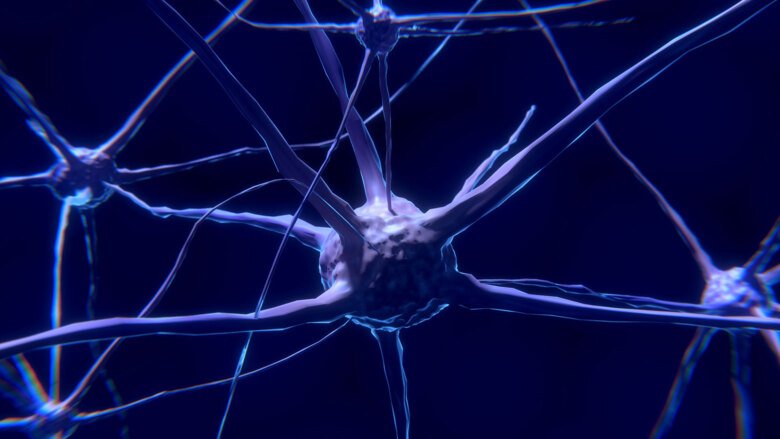New study reveals unexpected functions of the spinal locomotor network

Researchers at Karolinska Institutet, the German Center for Neurodegenerative Diseases (DZNE) and Columbia University Irving Medical Center have found an unexpected link between spinal locomotor network activity and adult neurogenesis in the adult zebrafish spinal cord. The study has recently been published in Nature Communications.

Since the first demonstration of spinal central pattern generators (CPGs) in the early '70s, the activity of neurons involved in the central pattern generator networks has been considered only in terms of their contribution to locomotion.
"We can now reveal an unforeseen yet central non-motor function of spinal locomotor neurons and demonstrate how they dynamically regulate neurogenesis and regeneration following spinal cord injury”, says Konstantinos Ampatzis, researcher at the Department of Neuroscience and corresponding author.
What does your study show?
“In this study, we identify the direct contribution of the spinal locomotor neurons in activating the spinal cord stem cell population, glial cells that can generate new neurons in the adult zebrafish. Therefore, during prolonged locomotion, as we see after training, the stem cells receive excessive synaptic input that allows them to exit their quiescent state and proliferate”.
The researchers revealed that acetylcholine and GABA are the two neurotransmitters that can directly affect the stem cells in the adult zebrafish spinal cord; however, they act antagonistically to each other.
"To identify the neurons that provide the cholinergic input to activate the stem cells was among the most unexpected findings. We found that a particular type of spinal locomotor interneurons, named V2a's, is among the neurons that link locomotion and stem cell activation", Konstantinos Ampatzis continues.
How might your findings be put to use?
“The overall outcome is a comprehensive understanding of the plasticity and adaptations (mechanisms, structural changes) that develop in response to physical activity and how these adaptive phenomena underlie pathogenicity after injury and/or regeneration of spinal networks. The results are expected to have a substantial impact because they lay the groundwork for developing new, more effective targeted treatments for restoration of the spinal cord after injury”, Konstantinos Ampatzis explains.
The study involved a set of different methodologies in neuroscience, such as anatomy, electrophysiology, pharmacology, and behaviour in the adult zebrafish. In their experiments, the researchers took advantage of the experimental amenability of the adult zebrafish.
"This model animal is ideal for these studies. It has an anatomically simple nervous system yet possesses all vertebrate features. It offers unprecedented access to neuronal circuits in behaving animals, and it has a rare ability to regenerate after injury."
What is your next step?
"Our next step is to identify the type of neurons that are born under homeostasis, training and spinal cord injury. We need to identify if the new neurons replace the existing ones or if they act as add-ons on the spinal cord networks", says Konstantinos Ampatzis.
Publication
Locomotion dependent neuron-glia interactions control neurogenesis and regeneration in the adult zebrafish spinal cord
Chang W, Pedroni A, Bertuzzi M, Kizil C, Simon A, Ampatzis K
Nature Communications, 12, 4857 (2021). https://doi.org/10.1038/s41467-021-25052-1
